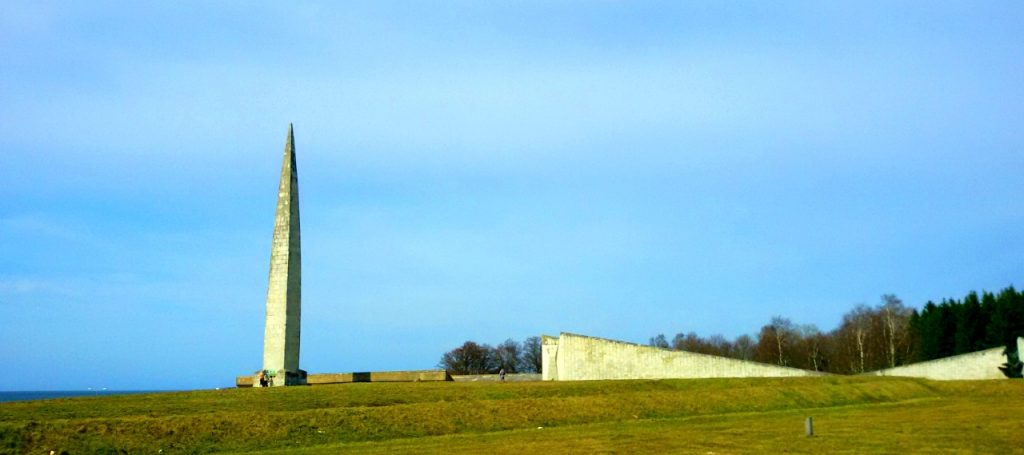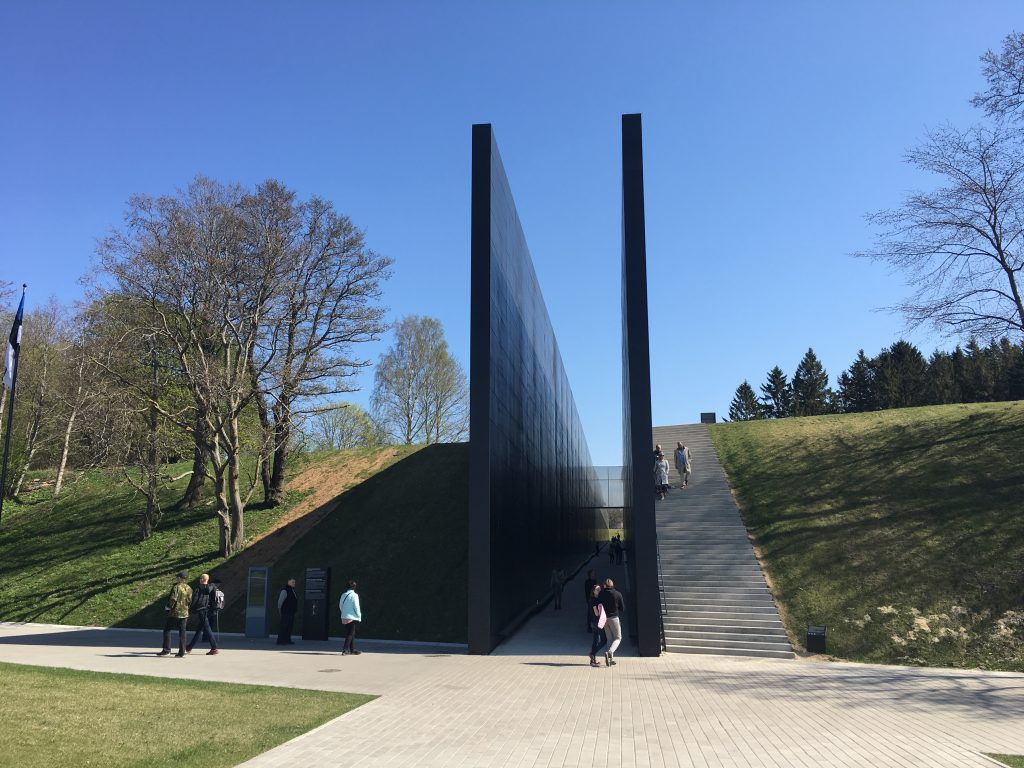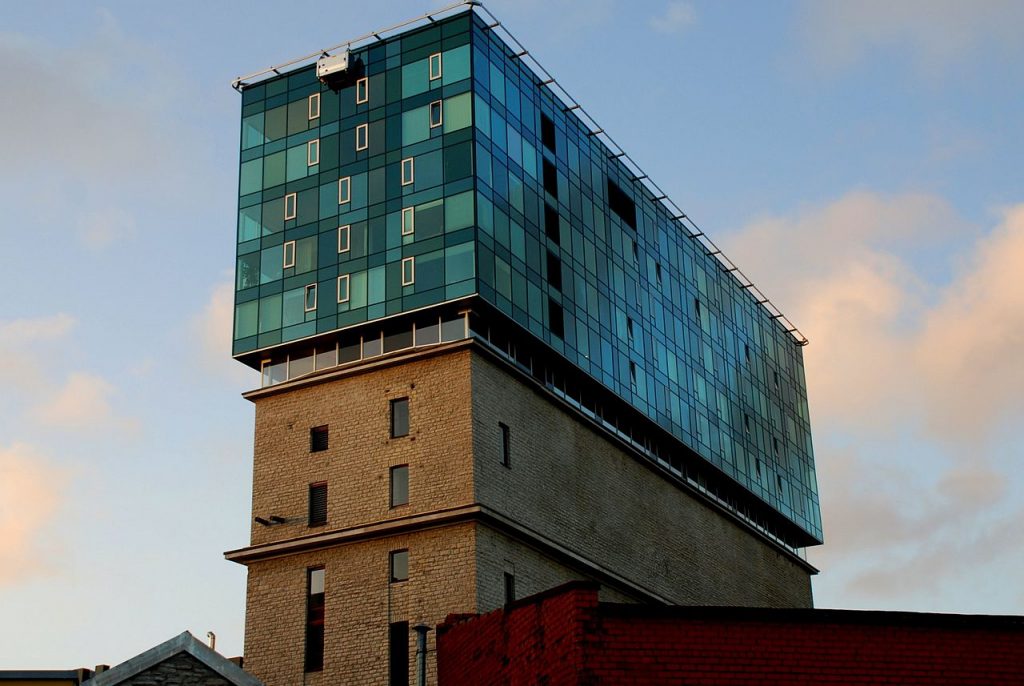Monuments commemorate past events and historical figures that are important for the nation’s future – but while doing so, they promote dominant interpretations of the past, defining what and who is to be remembered; Federico Bellentani, a monument expert, presents seven ways to deal with monuments in Estonia.
Monuments exist in many different forms: war memorials, public statues, monumental buildings, memorial gardens and even entire areas of the city.
What is common among monuments is that they commemorate past events and historical figures that are important for the nation’s present and future. They define what and who is to be remembered of the past, as well as what and who is not.
After Estonia regained independence in 1991, the 1990s were defined by two distinct but concurrent practices: the redesign of Soviet monuments and the erection of new ones reflecting the needs of the post-Soviet society.
Estonia’s accession to the EU in 2004 provided adequate resources in the redesign of monuments. There are six main strategies that the Estonian government and its affiliates have used to deal with existing Soviet monuments.
Conservation and restoration
To destroy a memorial involves particularly sensitive issues such as disrespecting the deeds. Hence many Soviet memorials survived the spontaneous destructions that occurred after the collapse of the Soviet Union in 1991.
Still-standing Soviet memorials can be sources of traumatic memories today. However, removing them is not an easy task – it can provoke the reaction by Russia and spark dissent and resistance from the Russian community living in Estonia. Hence care is taken to prevent them falling apart through ordinary maintenance, cleaning and restoration works, as the government is looking after the Soviet memorial in Maarjamäe, Tallinn.

Manipulation of the spatial surroundings
Manipulating the space around monuments can affect their meanings. This strategy has been often used to lessen the visibility and the ideological significance of unwanted monuments.
For example, in the 1990s, the Estonian government took several measures to soften the symbolism of a controversial Soviet memorial in Tallinn, the so-called Bronze Soldier. Diagonal footpaths replaced the direct access to the memorial, new trees were planted and the hollow for the eternal flame was removed. Ironically, these interventions brought in the opposite effect, elevating tensions towards the permanence of this memorial in Tallinn.
Turning monuments into something else
Famous is the case by Alexander Milov who turned the statue of Lenin into Darth Vader in Odessa, Ukraine. There are no such striking cases in Estonia. However, the monument park in Maarjamäe can be an example on how monuments of a bygone era can turn into neutral sites visited by a few tourists appreciating Soviet statuary.
This monument park was opened in 2017 by assembling a collection of Soviet-era statues that, until then, remained dumped in the yard behind the Estonian History Museum at Maarjamäe.
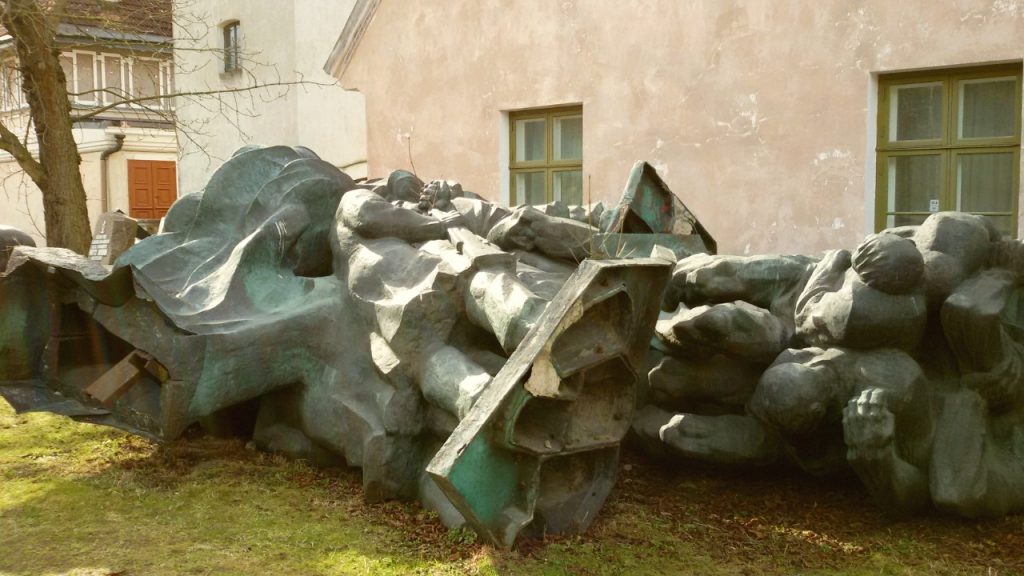
Building other architectures to hide the monument
Sometimes unwanted monuments are hidden by erecting new buildings and architectures. In independent Estonia, blending old and new architecture has been a common practice – for example, the new landscape memorial to the victims of communism in Maarjamäe coexists with the nearby Soviet obelisk, erected in 1960 to celebrate a warship operation.
Another example is the 2007 Fahle building by KOKO Architects near Tallinn airport – this is a 1929 paper factory to which a modern-looking glass box was added on top. Likewise, in the Rotermann Quarter in Tallinn city centre, old industrial buildings stand next to modern architectures.
Relocation
Controversial monuments can be relocated from main tourist sites or highly populated places. The Bronze Soldier – the informal name of a controversial Soviet World War II war memorial in Tallinn, unveiled in 1947 – showed the kinds of issues that can arise in response to monuments’ relocation in Estonia.
Since the 2000s, there has been a heated debate around the public display of totalitarian remains. In this context, Estonian elites felt that it was time to relocate the Bronze Soldier from the centre of Tallinn. By promising its relocation, national-conservative parties gained exceptional popularity and won the election in 2007. Once in power, they honoured the promise and relocated the Bronze Soldier to a military cemetery in the outskirts of Tallinn. As a result, two nights of disorder broke out, leading to one fatality, several injuries and a thousand of arrests.
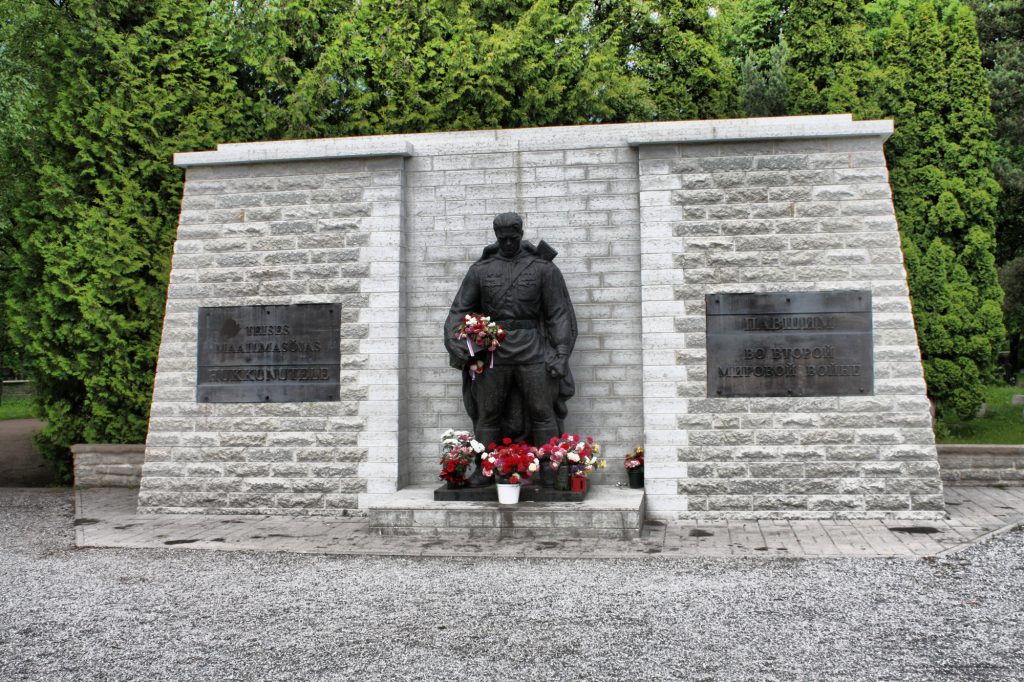
Destruction
The destruction of monuments that represented the totalitarian regime was the first spontaneous reaction, right after the collapse of the Soviet Union. People blowing up and knocking down monuments with pickaxes and other offhand tools was a sign of a regime change all over Central and Eastern Europe.
New monuments in independent Estonia
All these strategies have aimed to reassess the meanings of existing monuments inherited from the past. But while doing so, Estonia has needed to erect new monuments consistent with current political conditions.
The Victory Column in Tallinn has been one of the most important monuments erected in independent Estonia. Unveiled in 2009, it is a large column-shaped memorial celebrating those who fought in a war spanning 1918-1920 through which Estonia achieved its independence. A lack of participatory methods to gauge the opinions of the Estonians characterised the design of this memorial, leading to controversies among the population.

Mindful of this lesson, the memorial to the victims of communism in Maarjamäe was erected considering public opinion. The public participation in erecting it is demonstrated by the online memorial, through which anyone can search for and update information on victims under the Soviet regime.
The new memorial has so far been positively accepted by Estonians. It also won the International Architecture Awards 2019 that recognised it as one of the world’s best architecture in the category of museums and cultural buildings.
An original trend in today Estonia is to build urban decorations representing everyday meanings. An example is the Kissing Students fountain in Tartu (1998), nowadays the symbol of the town.

In Tartu, there are the sculpture of a pig, made in 2008 by the same author as the Kissing Students, and the statues Rural Women (2013) and Father and Son (2004), representing family love. The list goes on in other Estonian towns: strawberries in Viljandi, the sculpture of a wild ox in Rakvere and statues of lions in Narva.
What does that say about building urban decorations free from political meanings? Perhaps that Estonians have become rather sensitive about the damage that controversies around the design of monuments have inflicted to their everyday life.
Uncontested urban sculptures are now creating attractive cultural quarters bringing together playful practices, tourism and leisure, while improving the vitality and marketability of the Estonian towns.
The opinions in this article are those of the author. Cover: The Soviet-era Maarjamäe War Memorial in Tallinn. The obelisk was erected in 1960 and the rest of the complex in 1975. Photo by Federico Bellentani.

